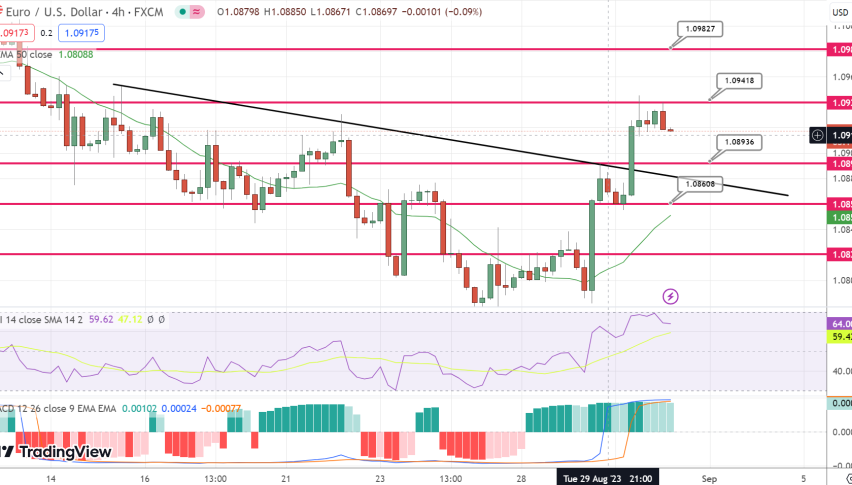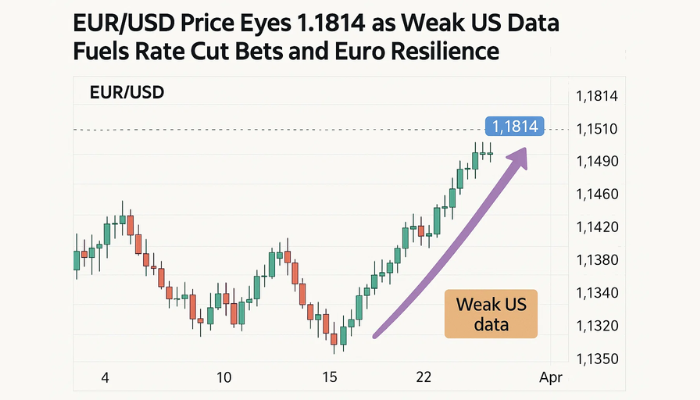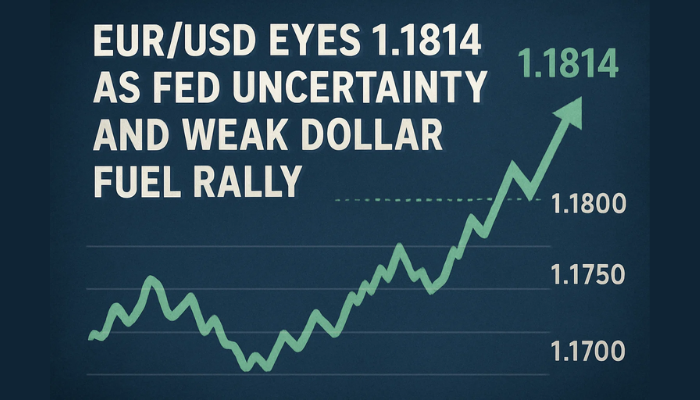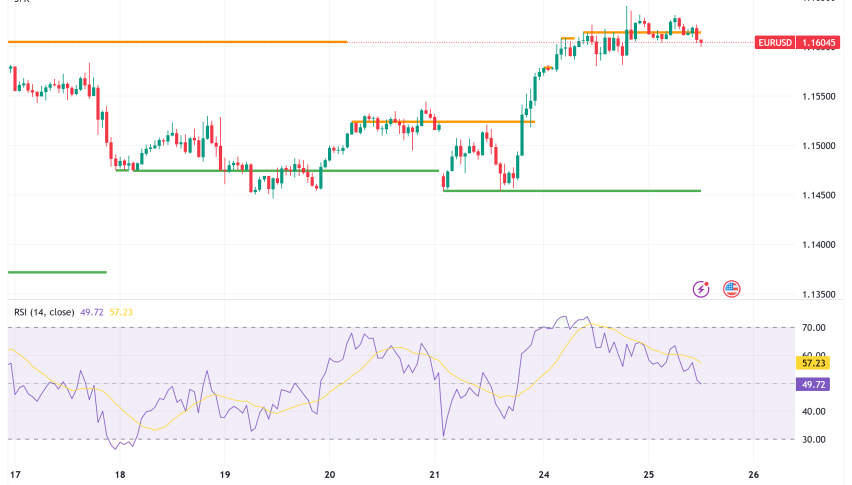EUR/USD Pair Holds Steady Below Mid-1.0900s, Eyes on Key Data Releases
The EUR/USD currency pair is trading within a narrow range during the Asian session on Thursday, consolidating its recent gains that propelled it to a two-and-a-half-week high reached the previous day.

The EUR/USD currency pair is trading within a narrow range during the Asian session on Thursday, consolidating its recent gains that propelled it to a two-and-a-half-week high reached the previous day. Presently, spot prices are situated below the mid-1.0900s, influenced by the dynamic movements of the US Dollar (USD).
The USD Index (DXY), which monitors the performance of the USD against a basket of currencies, finds support near the significant 200-day Simple Moving Average (SMA). This pause in its recent retreat from a nearly three-month peak is a notable factor providing support to the EUR/USD pair. However, market expectations that the Federal Reserve (Fed) will ease its stance on rate hikes might temper significant USD gains and limit its downside potential.
Market sentiment currently leans towards the belief that the US central bank will moderate its hawkish approach, a sentiment reinforced by the lackluster US macro data disclosed on Wednesday. Specifically, the ADP employment report indicated a modest addition of 177K jobs by US private-sector employers in August, considerably lower than the previous month’s revised figure of 324K. Moreover, the second GDP estimate showed that the US economy expanded at an annualized pace of 2.1% in the second quarter, compared to the original reading of 2.4%.
 Conversely, the Euro (EUR) could continue benefiting from the resurgence of expectations for additional interest rate hikes by the European Central Bank (ECB). This sentiment gained traction following Germany’s recent consumer inflation data release, revealing a 6.4% year-on-year increase in the Harmonised Index of Consumer Prices (HICP) for August, surpassing the anticipated 6.2%.
Conversely, the Euro (EUR) could continue benefiting from the resurgence of expectations for additional interest rate hikes by the European Central Bank (ECB). This sentiment gained traction following Germany’s recent consumer inflation data release, revealing a 6.4% year-on-year increase in the Harmonised Index of Consumer Prices (HICP) for August, surpassing the anticipated 6.2%.
Furthermore, core inflation, excluding volatile items such as food and energy, remained stable compared to July.
The existing fundamental landscape lends support to the possibility of dip-buying around the EUR/USD pair. This prompts a cautious approach before concluding whether the recent recovery from its lowest point since June 13 has reached its limit. Looking ahead, investor attention turns to the US economic calendar, highlighted by the release of the Core PCE Price Index – the Fed’s favored inflation measure – and the Weekly Initial Jobless Claims during the early North American session.
These data points, combined with US bond yields and overall market risk sentiment, will steer USD demand and provide momentum for the EUR/USD pair. Nonetheless, the upcoming release of the widely monitored US non-farm payroll (NFP) report on Friday will undoubtedly retain the spotlight.
- Check out our free forex signals
- Follow the top economic events on FX Leaders economic calendar
- Trade better, discover more Forex Trading Strategies
- Open a FREE Trading Account


